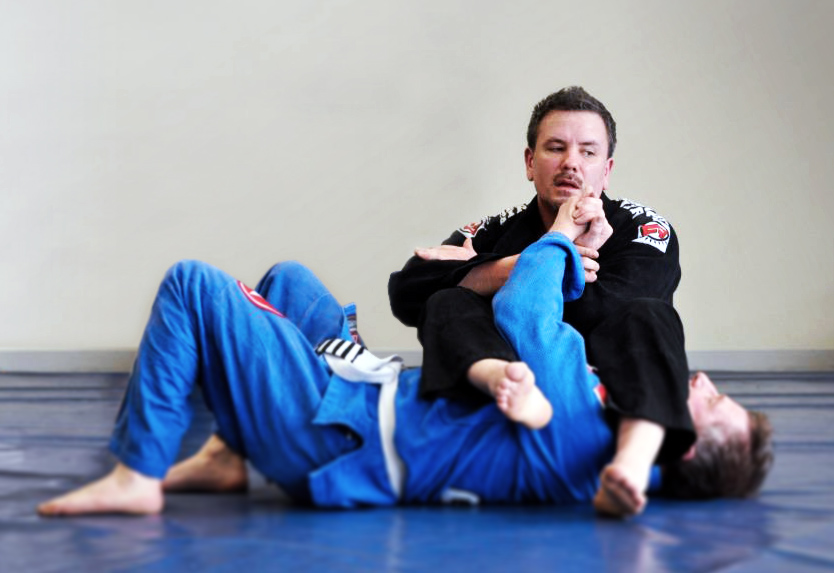Got some feedback on my blog from another web professional. Here it is:
“No need to publish this comment, but damn man… For a UX blog, work on your colors. It’s extremely difficult to read anything, you need more contrast.”
I don’t find this to be particularly offensive and I am not angry. In my 17 years of making websites, I have certainly heard worse. But after reading this, I started to recall when I was younger and I would sometimes send blunt feedback with a negative overtone. It was as though my superior intellect would illuminate their dim minds. I thought I was just being honest, but when you show a lack or respect to the wrong person or enough people, you might find no one listens to you or worse.
A long time ago, my creative director at the time pulled me aside and told me to just talk to people, because emails live forever and can be easily misinterpreted. I wish that was the last time I needed to hear that.
Years later, I was doing freelance at a big agency for a big client and regularly working onsite until 2am. Close to burn out, I sent an email to the project manager telling him I wasn’t coming in that day, along with a colorful diatribe about what I felt was going wrong with the project. This is someone I would go to lunch with regularly. I thought I had a certain level of trust with him. I was wrong. He shared that email with a group of other people at the agency. The next day, I started hearing back from my wife about what I had written. She was friends with a coordinator at the agency who was not even working on the project. I had already begun planning my exit, as I had grown to seriously dislike that agency and that client. Thanks to my own carelessness, however, my exit was expedited. The point is, after you hit send, your words will have a life of their own. So you better be prepared to defend them. That’s easier to do when the words are constructive.
So let’s go back to our feedback and break it down. One caveat: I figured out how to darken the text on this WordPress theme. Anyway, the feedback says, “It’s extremely difficult to read anything.” Since the feedback wasn’t more specific, I have no choice but to make assumptions about the meaning. So in this case, I will take that to mean they had a difficult time reading the body copy because it was gray text on white. I have seen some monitors that do not show gray very well, so if that is what they meant, it’s legitimate feedback. The headline is large black text on white, so the user must be able to read that just fine. I guess?
“For a UX blog, work on your colors.” Again, I will take that to mean that the body copy needs to be darker. But telling me to work on my colors leads me to believe they think that all of my colors are bad. Which tells me they exaggerate instead of providing specific, constructive feedback.
Yes, a lot of it is politics, but I’ve learned the hard way that you need to be professional, if not even nice, when addressing someone. Starting off with “but damn man” will put most individuals on the defensive. The words become like an off switch. And when you turn people off, you may as well be talking to a wall.
I recognize it when other people do it. They tell me they like my shoes, or compliment me in some other way. It’s a polite way to get someone to listen to you, albeit a trick of human protocol. Always start off with something nice, or at the very least, inoffensive. To some people, it comes naturally. To others like myself, however, it takes conscious effort. But I have found that, almost without fail, it is the best way to open someone up to a difficult conversation they might otherwise shut down.
In the end, everything that is said is just one person’s opinion. I hear opinions all day at work, but I pay more attention to the ones that are presented respectfully and constructively. So to the person who decided to give me some UX feedback on a previous post, are you right? Probably. The font needed to be a little darker. I spent some time figuring out how to customize this theme. So thank you for the advice.
But does this type of feedback make you look like a jerk? Yes. This is a clear example of how not to approach another professional. There are better ways to get your point across. Take my advice and learn from my mistakes. There is a better approach.
